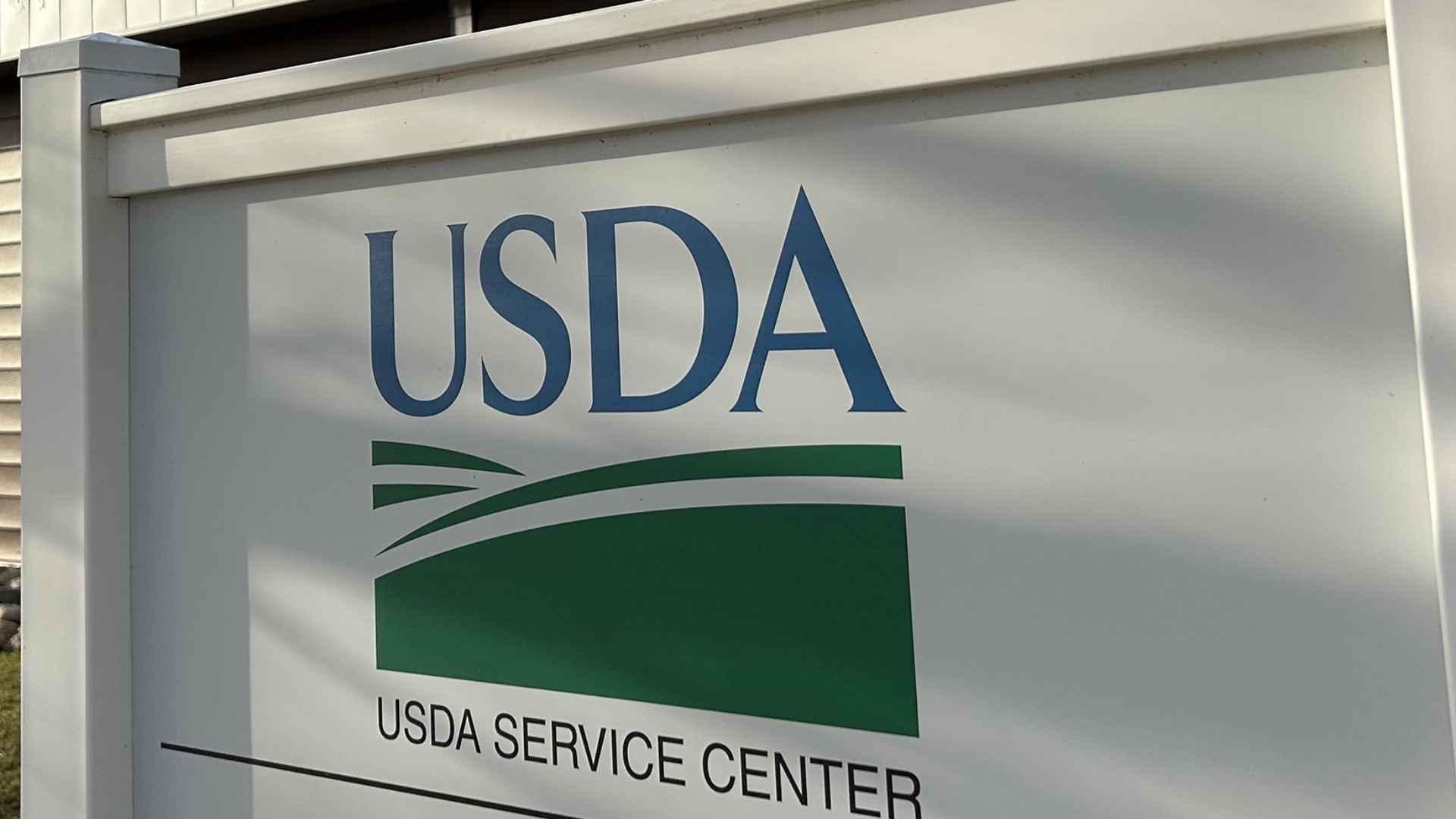Move aims to “bring government closer to the people,” but veterans question the cost to public lands.
The Forest Service will close its nine regional offices over the next year, redirecting command to five urban “hubs” under a sweeping Department of Agriculture reorganization announced Thursday by Secretary Brooke Rollins. About 193 million acres of public land—an area twice the size of California—will now be overseen from Raleigh, Kansas City, Indianapolis, Fort Collins, and Salt Lake City.
Former Forest Service Chief Dale Bosworth called the change “unheard‑of,” asking, “Do you really want 120 national forests reporting straight to Washington?” His worries echo those of firefighters and scientists who fear diluted local knowledge just as wildfire seasons intensify.
Why the Agriculture Department says fewer Forest Service regions will help
Rollins argues the move trims bureaucracy without a “large‑scale workforce reduction.” USDA, which employs roughly 100,000 people, plans to keep only 2,000 of its 4,600 headquarters staff in D.C., shifting the rest closer to field work. Officials say that will speed permitting, save money, and—perhaps most politically potent—fulfill a promise to shrink the federal footprint.
Skeptics note 3,400 probationary employees were recently dismissed by the Department of Government Efficiency, and 15,364 more have opted for “deferred resignation.” Bosworth points out current staffing is lighter than it was in the 1960s even as recreation and fire risks soar. “The whole fire thing is different now,” he said. Will five hubs grasp on‑the‑ground realities in time to act?
| New regional hubs | Focus area (examples) |
|---|---|
| Raleigh, NC | Southern timber and hurricane recovery |
| Kansas City, MO | Midwest rangeland and prairie fires |
| Indianapolis, IN | Eastern hardwoods and urban outreach |
| Fort Collins, CO | Rocky Mountain research and fire science |
| Salt Lake City, UT | Great Basin drought and range health |
The Forest Service Fire Sciences Lab and Forest Products Lab in Missoula will stay put, but seven stand‑alone research stations are set to merge into Fort Collins. Retired University of Montana dean Jim Burchfield warns the consolidation severs vital university partnerships: “It didn’t pass the slap‑on‑the‑head validity test.” Here are the five city hubs slated to absorb every regional function:
- Raleigh, North Carolina
- Kansas City, Missouri
- Indianapolis, Indiana
- Fort Collins, Colorado
- Salt Lake City, Utah
Supporters say clustering expertise will make hiring easier. However, field crews counter that 1,400 qualified firefighters are already being wooed back after quitting.
What comes next for communities that rely on nearby Forest Service offices?
The memo promises minimal impact on wildland firefighting, yet details remain thin. District rangers—long the face of the agency in rural towns—may see chains of command stretch hundreds of miles. Consequently, counties that depend on forest jobs and visitor dollars are bracing for slower decisions on everything from trail repairs to timber sales.
The USDA insists consolidation will streamline service. Detractors fear a top‑heavy structure that leaves critical landscapes without local champions. Congress and watchdog groups are likely to demand hard proof that bigger really can be better.

